Idea by
Paola Caselli, Alessia Gregorio, Margherita Miani
https://issuu.com/paolacaselli/docs/plus_belle_de_mai
Call for ideas 2017
Plus Belle de Mai
Plus Belle de Mai
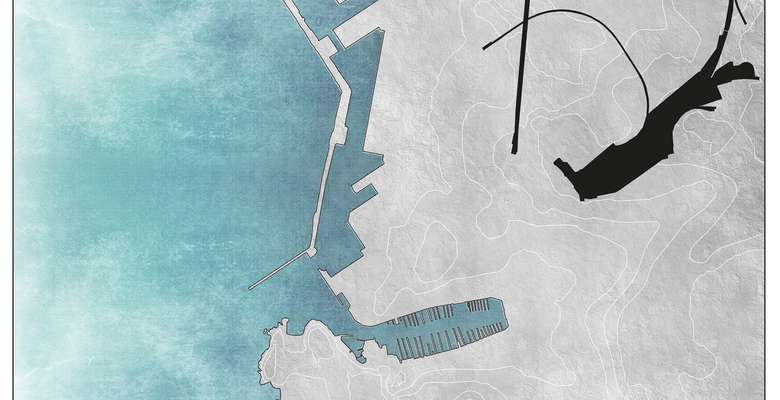
During the last decades the city of Marseille has been characterized by deep internal rifts: on one side an increasing interest in developing tourisms and service industries led to Euroméditerranée, a project aiming to redesign the forsaken old harbour area. On the other the city still struggles with inequality and integration issues.
Plus Belle de Mai analyses the third arrondissement, one of the most marginalized districts in Marseille. Although it has been involved in some renovation projects, it is still cut out of the city by both physical and social barriers and marked by high unemployment and poverty rates.
The project enquires into a model to reactivate an area by increasing its attractiveness without triggering a gentrification process. In which way urban and architectural planning are contributing to improve life and evirornmental quality in socially damaged context?
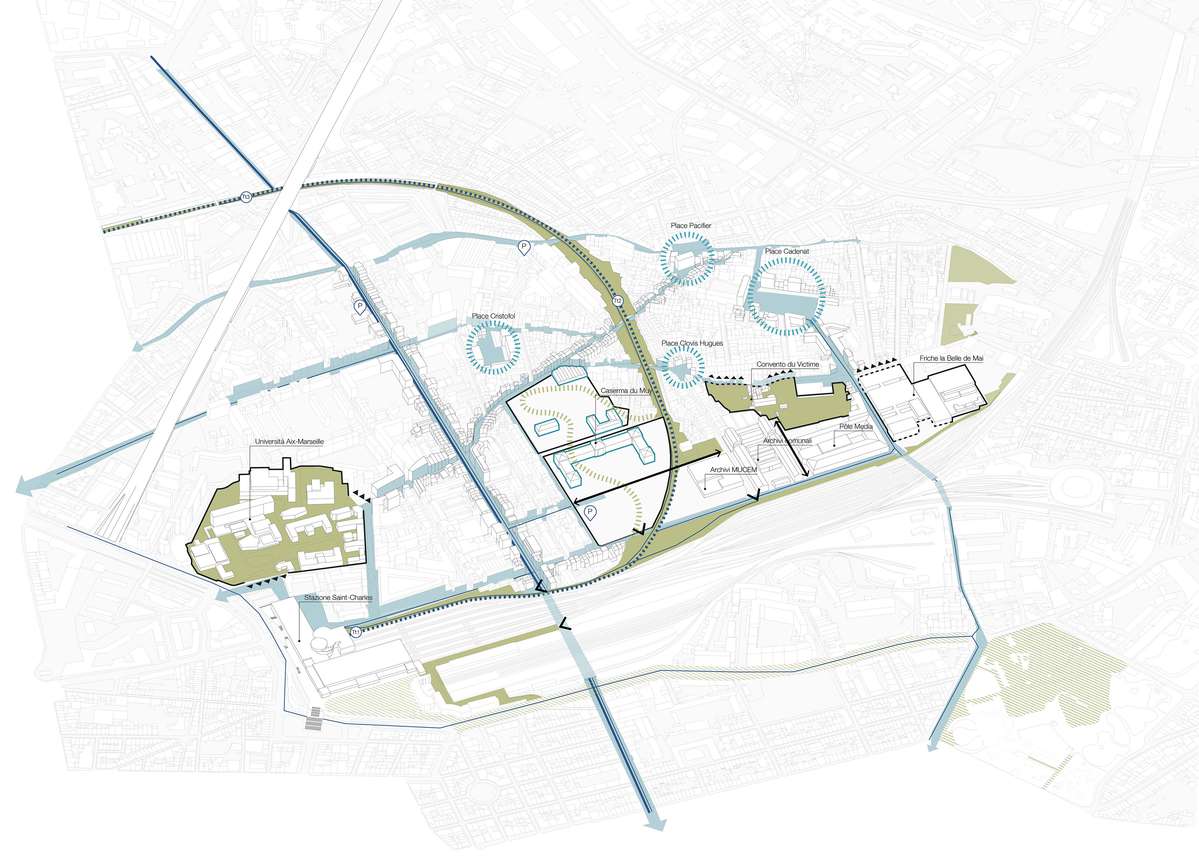
The stratgey is developed by following two main purpose. The firts aims to create new links between the different realities which are part of the area by reactivating the public space, rethinking inner mobility and redesigning abandoned buildings. The second focuses on enhancing the connections between the area and the rest of the city: specific gloals to achieve this purpose include facilitating the accessibility, developing the smart mobility and creating a new green urban infrastructure.
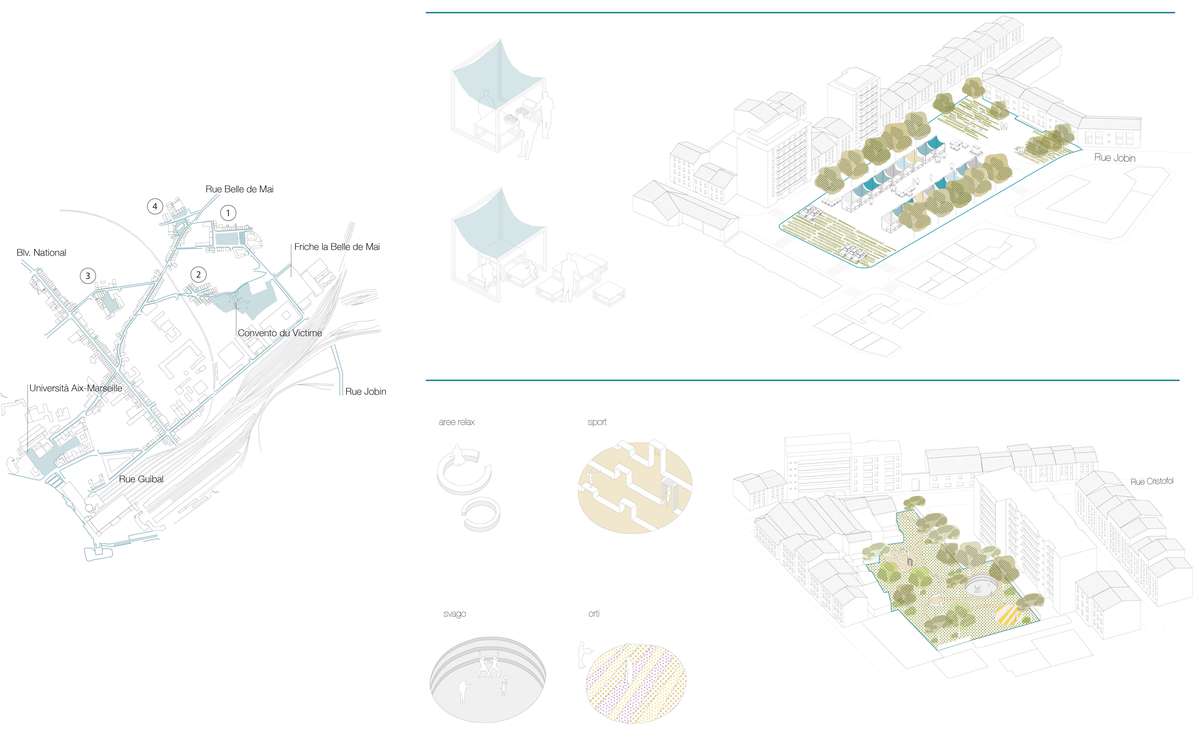
Three macro-actions were planned in order to accomplish the mentioned purposes.
The firts one provides the area with a cyclo-pedestrian networks, so as to bring together the moltitude of tiny public spaces which are daily used by the population and to reduce the vehicular traffic. The network will spread across the arrondissement’s border, connecting it with other important social spaces and pushing the inhabitants to explore thier own city.
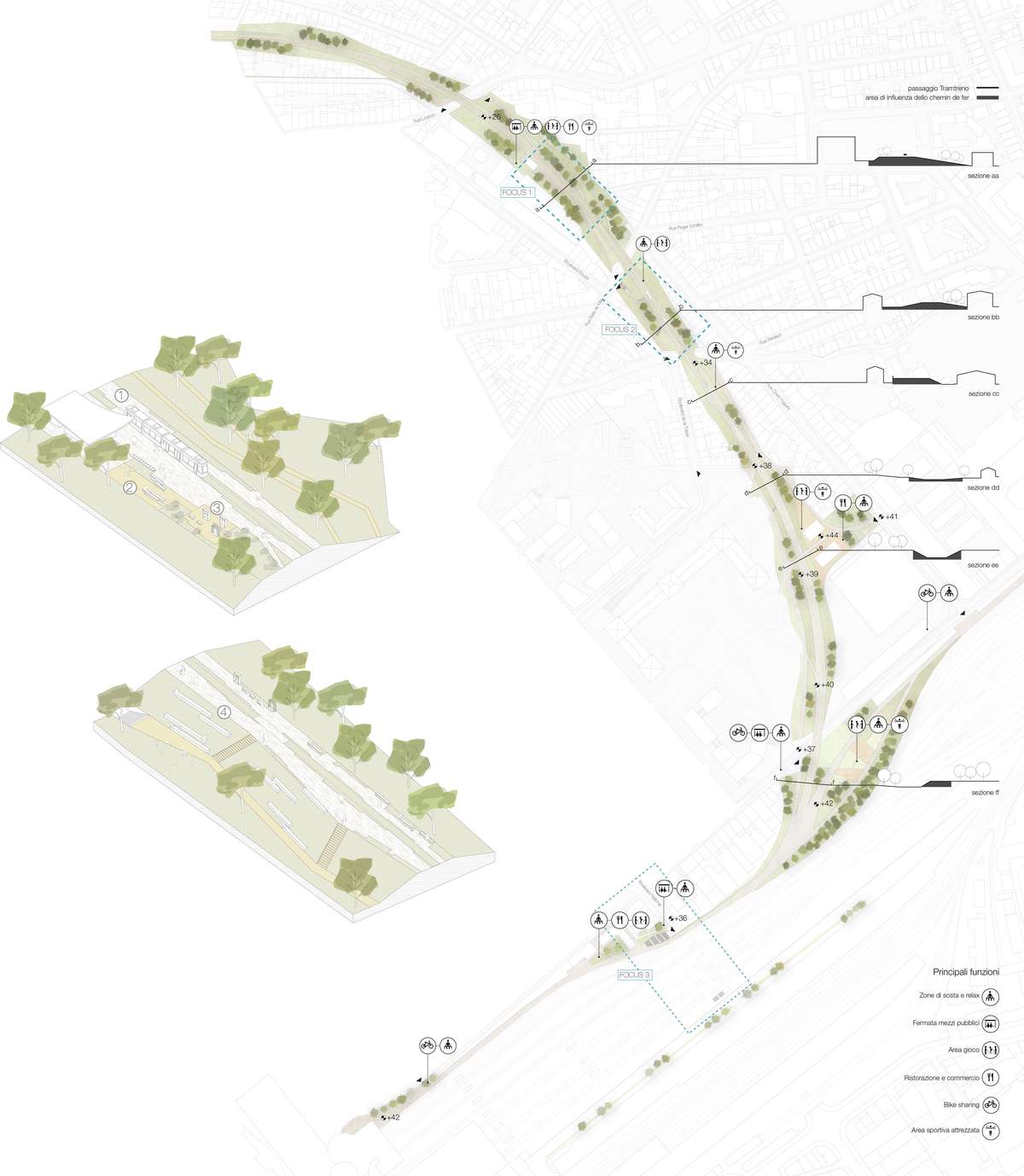
The second macro-action concerns the reconversion of the railway path that crosses the area into a tram-train system, which will connect the old town with the new districts planned in the northern part of Marseille. Along the tram-train a linear park, provided with sports and leisure equipments, will foster social interacions and cyclo-pedestrian mobility.

The last action involves rethinking the abandoned area, once occupied by military barracks. The new project aims to create new community spaces complying with the population’s need of services, like schools, libraries and sport facilities. The conecpt of social “mixitè” is really important for this part, as this action means to create new bounds between people with different social backgrounds.
Plus Belle de Mai
Plus Belle de Mai

During the last decades the city of Marseille has been characterized by deep internal rifts: on one side an increasing interest in developing tourisms and service industries led to Euroméditerranée, a project aiming to redesign the forsaken old harbour area. On the other the city still struggles with inequality and integration issues.
Plus Belle de Mai analyses the third arrondissement, one of the most marginalized districts in Marseille. Although it has been involved in some renovation projects, it is still cut out of the city by both physical and social barriers and marked by high unemployment and poverty rates.
The project enquires into a model to reactivate an area by increasing its attractiveness without triggering a gentrification process. In which way urban and architectural planning are contributing to improve life and evirornmental quality in socially damaged context?

The stratgey is developed by following two main purpose. The firts aims to create new links between the different realities which are part of the area by reactivating the public space, rethinking inner mobility and redesigning abandoned buildings. The second focuses on enhancing the connections between the area and the rest of the city: specific gloals to achieve this purpose include facilitating the accessibility, developing the smart mobility and creating a new green urban infrastructure.

Three macro-actions were planned in order to accomplish the mentioned purposes.
The firts one provides the area with a cyclo-pedestrian networks, so as to bring together the moltitude of tiny public spaces which are daily used by the population and to reduce the vehicular traffic. The network will spread across the arrondissement’s border, connecting it with other important social spaces and pushing the inhabitants to explore thier own city.
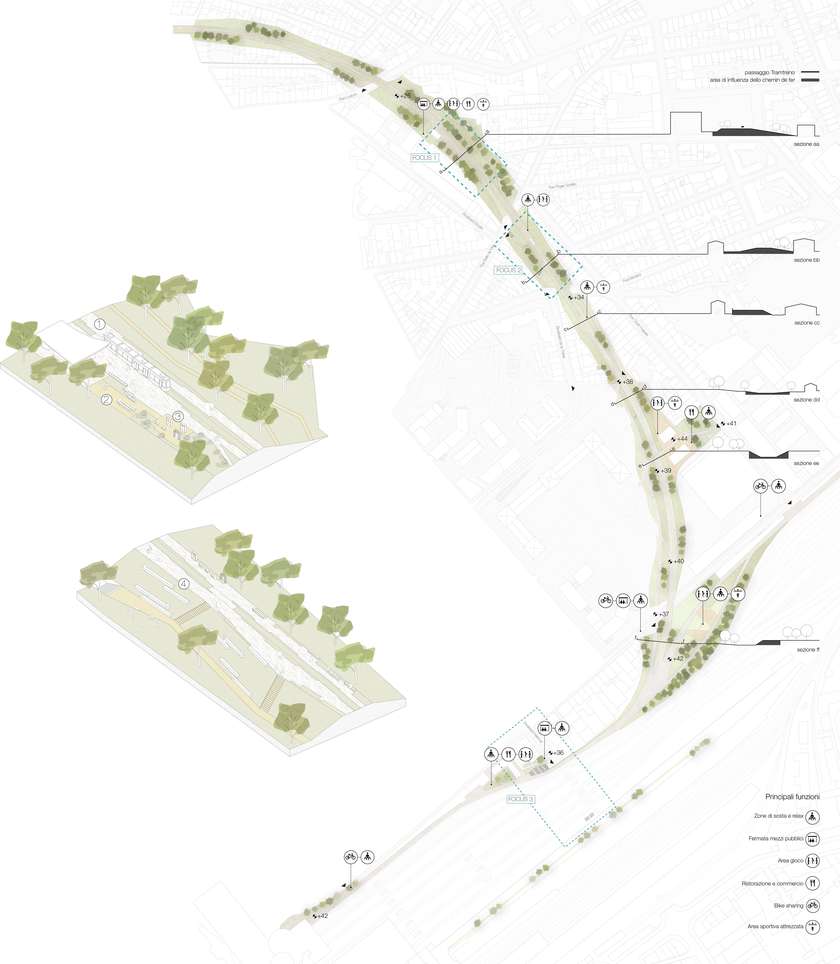
The second macro-action concerns the reconversion of the railway path that crosses the area into a tram-train system, which will connect the old town with the new districts planned in the northern part of Marseille. Along the tram-train a linear park, provided with sports and leisure equipments, will foster social interacions and cyclo-pedestrian mobility.

The last action involves rethinking the abandoned area, once occupied by military barracks. The new project aims to create new community spaces complying with the population’s need of services, like schools, libraries and sport facilities. The conecpt of social “mixitè” is really important for this part, as this action means to create new bounds between people with different social backgrounds.